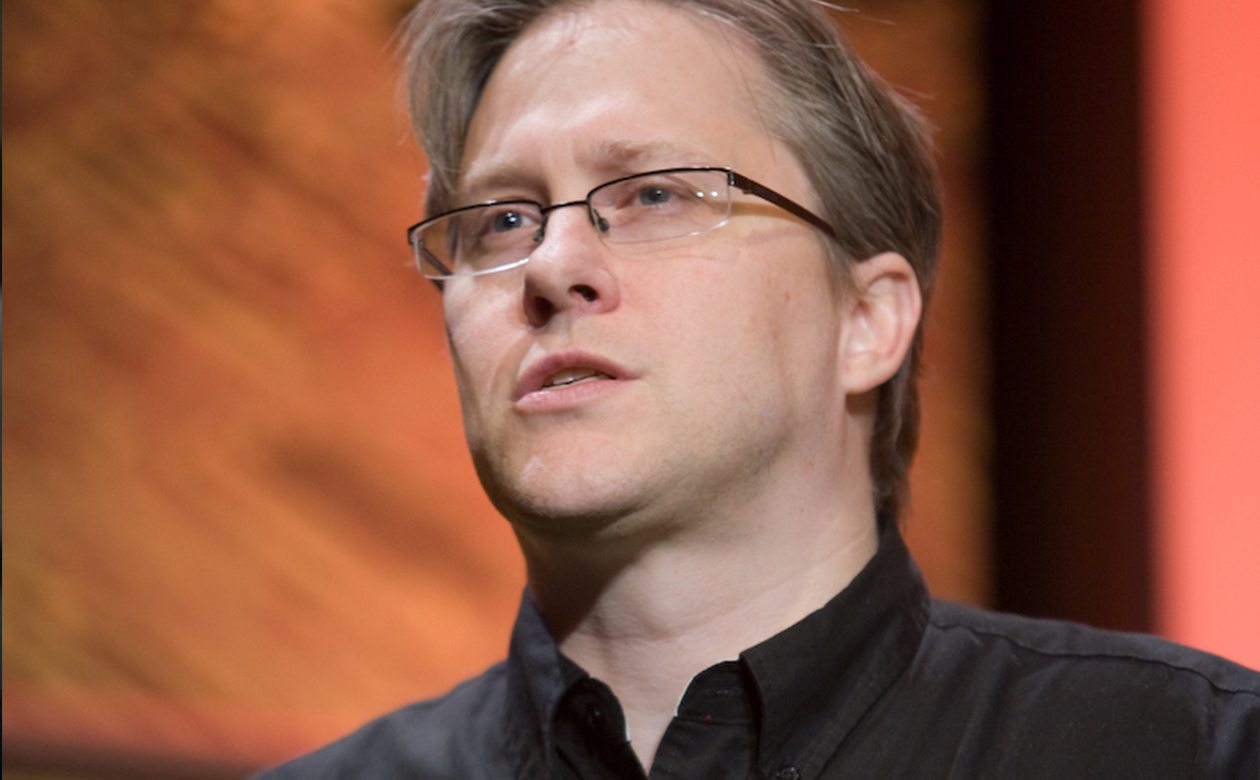Doctor of Engineering
Steven G. Parker has a long list of “firsts” and “bests” in the field of computer science, where he is celebrated as one of the most talented researchers in the world. Today, he is the vice president of professional graphics at NVIDIA, a semiconductor company that makes high-end graphics processors used in video games, editing, 3-D rendering and artificial intelligence and machine learning applications.But when Parker was a child, few would have predicted the phenomenal success in his future.
Parker grew up in Oklahoma and did fine in elementary school; middle school was another matter. He excelled in mathematics, but after his teachers refused to let him work ahead in the subject, Parker’s interest in school ebbed. He started skipping school, instead teaching himself about electronics and computers. He never graduated from high school.
But his brilliance had flourished, cultivated by his passion for learning and for computer science. Parker took the ACT exam, received an outstanding score and was admitted to the University of Oklahoma, where he completed a bachelor’s degree in electrical engineering, with a specific interest in computer graphics.
While visiting his grandparents in Salt Lake City, Parker became acquainted with the University of Utah’s pioneering work in computer graphics and decided to pursue a doctoral degree at the U. He quickly became the technical genius behind the creation of visualization algorithms used to create movies of huge flames and explosions by the Center for the Simulation of Accidental Fires and Explosions, a project funded by the Department of Energy’s Advanced Strategic Computing Initiative.
He was the first graduate student at the U to receive a prestigious Department of Energy Computational Science Graduate Fellowship. In 1998, Parker received a Best Paper Award at the IEEE Visualization Conference, the most prestigious international research conference in scientific visualization. That same year, he was a finalist for the Computer World/Smithsonian Award, vying with the chief technology officer at Microsoft and other senior computer science researchers for the recognition.
After graduating in 1999, Parker joined the faculty, teaching and overseeing the computer visualization aspects of the C-SAFE project, which was the portion the Sandia and Los Alamos National Labs could use to enhance their own simulations.
He continued to receive major awards for his work, including the Honors Medal from Computer World (2003); another Best Paper Award (2006); and selection as one of the “People to Watch” by HPCWire, a high-performance computing magazine. At one time, he was concurrently managing 10 major research project grants.
In 2005, with backing from a Utah State Centers of Excellence Award, Parker created the Center for Interactive Ray-Tracing and Photo Realistic Visualization, which led to a start-up company called RayScale. NVIDIA Inc. acquired the company in 2008 and set-up a NVIDIA Research Center in Utah, with Parker as director.
In an address given in March 2023 at the 50th anniversary of the computer science department, Parker offered five pieces of advice for students: keep pushing the U to be a special place; chase both depth and breadth; embrace parallelism at multiple scales; build something ambitious—bigger than yourself; and recognize you stand on the shoulders of giants.
Although no longer on the U faculty, Parker maintained his affiliation with the U, serving on the Engineering National Advisory Council for six years and providing influential support where and when needed by the college. He and his wife MeriAnn have made major donations to support the Scientific Computing and Imaging Institute and the John and Marcia Price Computing and Engineering Building.
“His dedication to pushing the boundaries of technology resonate with the university’s vision of making a positive impact on society through education and research and aligns with the university’s ethos of innovation,” said Rich Brown, engineering dean.

